The Montessori Method of education, developed by Dr. Maria Montessori in the early 20th century, is a child-centered educational approach that celebrates and nurtures each child’s intrinsic desire to learn. Recognized globally, this method has transformed preschool and early education, emphasizing independence, freedom within limits, and respect for a child’s natural psychological development.
But it gets better than that. The Montessori Method may begin from pregnancy. That’s right! Your newborn may begin life in the Montessori lifestyle from the very beginning. This notion is not only a beautiful thought, but it prepares parents and the child for a successful life of independence, deep thought and outstanding educational paths.
For new parents exploring educational avenues, the world of Montessori can appear both fascinating and bewildering. This Montessori guide for new parents aims to demystify the Montessori Method, providing a clear understanding that may assist in deciding whether it’s the right choice for your child.
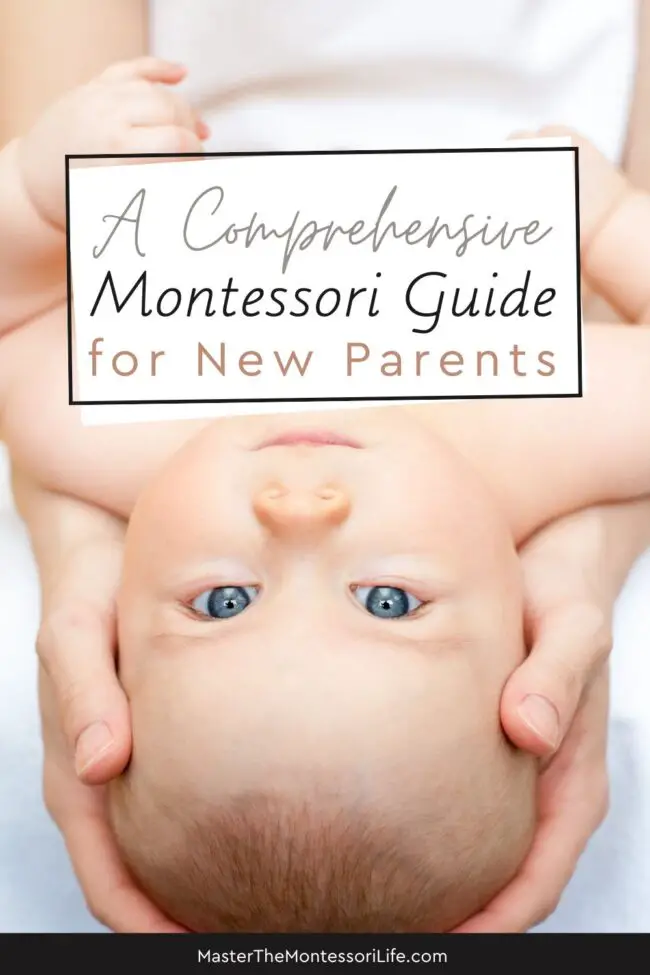
The Core Principles of Montessori Education
Keep in mind that one slow, steady step will yield more confidence than when you try to run on this journey, especially if you are following my Montessori guide for new parents. Hurrying is not always the best practice, so I suggest that you absorb as much of this information, digest it and then act on it. Below, I include five important premises to keep in mind and have pretty solidified in your mind.
Child-Centered Learning
Montessori environments are meticulously designed to foster the unique development of each child. That is why it is called child-centered learning. Children are encouraged to explore activities of their choosing, which promotes autonomy and self-motivation. Montessori Guides (teachers) serve more as guides rather than traditional educators, supporting rather than leading the learning process. At the beginning of life, the parent is the main Guide for the baby (newborn).

Nurturing your Montessori Baby Digital Book
$9.99
This digital book has 60 pages. Chapters:
- Why We Love Montessori at Home
- A Comprehensive Guide for New Parents
- Montessori for Infants: Why Start from Day One
- Fostering Independence from Birth
- Why Montessori Matters from Birth: The Impact on Infant Development
- Transitioning Your Nursery the Montessori Way
- 10 Essential Montessori Toys for Your Baby’s First Year
- Baby’s First Year: Applying Montessori Principles at Home
- Embracing Montessori Philosophy from Birth: An Age-by-Age Guide
- How to Incorporate Montessori Activities into Your Baby’s Daily Routine
Note: All blue underlined text is clickable when this digital book is opened with a computer.
EU buyers, GO HERE.
Prepared Environment
The Montessori classroom is referred to as the “prepared environment“—meticulously organized and stocked with materials that meet the developmental needs of children within specific age ranges. Everything in the room is accessible to the child, designed to support their natural urge to become independent and learn practical life skills.
When doing Montessori at home, this lifestyle doesn’t have to be contained to the learning environment. It can most certainly spill onto the rest of the house and beyond. At the beginning of life, the baby’s “prepared environment” will be the nursery, also known as the baby’s room. whether you co-sleep with baby for the first months or even a year of life, the baby will have an area or a room for this purpose.
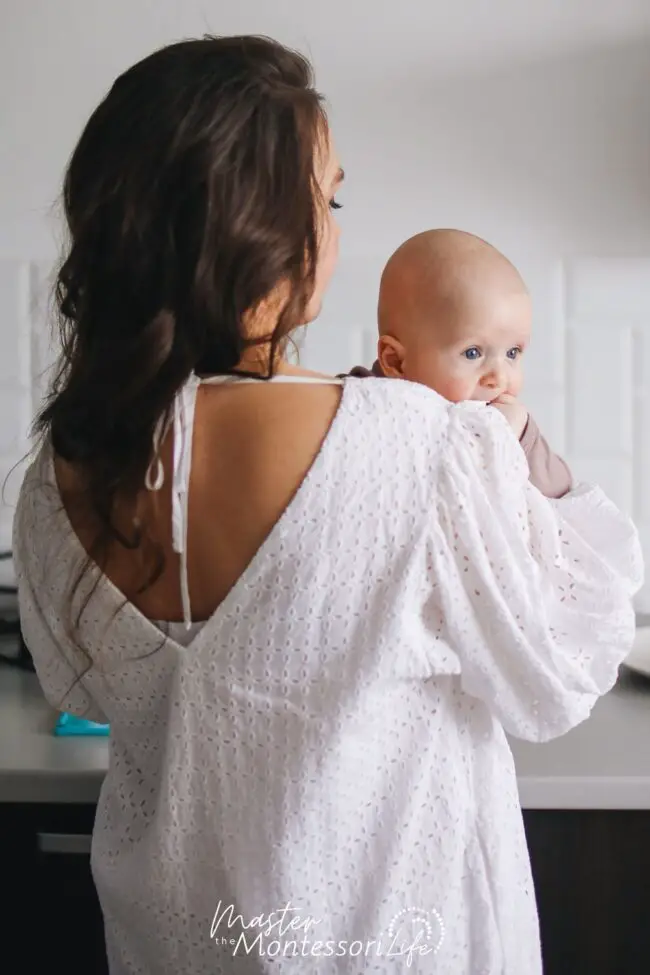
Hands-on Learning
Montessori education is renowned for its emphasis on hands-on, experiential learning. Children work with specially designed materials that allow them to explore the world through their senses, and abstract concepts are taught using tangible, concrete materials. This approach not only deepens understanding but also enhances retention.
In the early years, it is important to pay special attention to the baby’s Sensitive Periods. These are the windows of opportunity where they are more predisposed to develop or even master specific skills. There is no right or wrong answer. Just as every baby and child is unique and different, these Sensitive Periods also vary in range, when they begin, when they end, which overlap, etc.
Mixed-age Classrooms
Instead of segregating children by year, Montessori classrooms are often organized into multi-age groups, such as 0-2, 3–6-year-olds or 6–9-year-olds. This supports social development, as older students learn to help and lead younger ones, fostering a sense of community and collaboration.
When doing Montessori at home and there are other siblings in the picture, don’t let that complicate things or discourage you. It is actually the way that the Montessori Method was developed: with mixed-aged children. When I taught at a Montessori school, my favorite class was the 0-2 group. The way their little minds work like sponges is awe-inspiring.
Respect for the Child’s Pace
The Montessori Method understands that children develop at different paces. There are no arbitrary deadlines for academic achievements; instead, children are encouraged to learn new concepts and skills at their own pace, ensuring they fully understand and absorb their activities and lessons.
If you have been paying attention to educational tendencies lately, you will notice that they may take two completely opposite approaches. Some, mostly traditional schools, are pushing the “one size fits all” approach to education. They are expecting children to learn the same material in the same way and pace as peers their age. Others, like Montessori lovers, put emphasis on the child’s individual needs here and now.
Choosing Montessori for Your Child
Determining if Montessori is right for your baby and your family requires reflection on your educational values and aspirations for your child. Consider visiting local Montessori schools (even though not all schools will offer a 0-2 group). Observe classrooms with children of varying age groups, and speaking with Montessori-trained teachers to understand the approach’s impact. Remember, the best educational path is one that aligns with your child’s needs and your family’s values.
I will admit that I am biased on recommending the Montessori Method because I absolutely trust the process. I have seen it and applied it for about 20 years now. In my experience, I have seen the incredible results that it yields. If you have time, I highly recommend that you attend my online workshop on Montessori Foundations. In it, I expound on this topic. Don’t miss out on it!
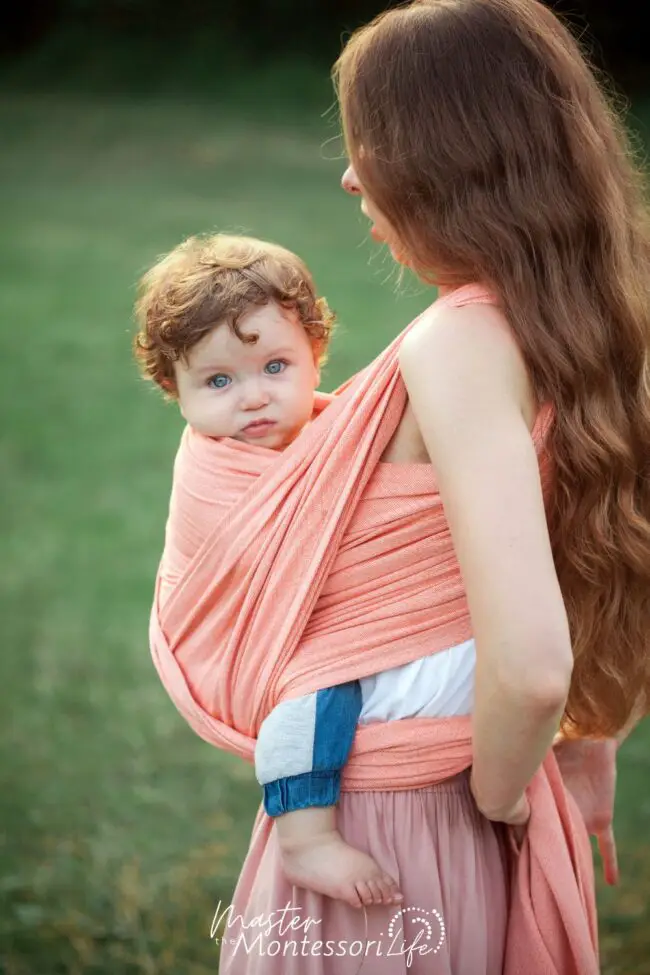
All in all, the Montessori Method offers a compelling alternative to traditional educational models. It is specifically paying attention to the holistic development of the child. For many families, Montessori provides the keys to unlocking their child’s potential. It also focuses on fostering not just academic skills but a zest for learning and living. Whether you’re a new parent or an educator, understanding the principles and benefits of Montessori is important. They could greatly influence the educational choices you make for the babies and children in your care.
How can you use a Montessori Guide for New Parents?
That is easy! Simply check out this wonderful digital book that will get you started on the right track from the very beginning. Don’t try to get it done on your own. In listening to many of the parents that I coach, they get burned out from all of the running around in circles trying to do it on their own.
This Montessori guide for new parents aims to demystify the Montessori Method. It provides a clear understanding that may assist in deciding whether it’s the right choice for your child. Cut out the wasted time out of your Montessori journey and get started right away with this digital book. Nurturing your Montessori Baby is a comprehensive guide to do Montessori right from the start. Get it below!
You might also enjoy these relevant topics:
Montessori Wooden Baby Toy Set – 6 Pieces of Rattles, Push Car and Newborn Toys for PgUp Baby Play Gym Wooden Baby Gym with 7 Toys, Foldable Wooden Play Gym Frame Hanging
PgUp Baby Play Gym Wooden Baby Gym with 7 Toys, Foldable Wooden Play Gym Frame Hanging hahaland High Contrast Baby Flashcards – Black and White Infant Baby Cards 0-6 Months Tummy Time
hahaland High Contrast Baby Flashcards – Black and White Infant Baby Cards 0-6 Months Tummy Time MORITECK Spinning Drum, Montessori Toys for Babies 6-12 Months, Infant Kids Developmental Wooden Toy for Boy
MORITECK Spinning Drum, Montessori Toys for Babies 6-12 Months, Infant Kids Developmental Wooden Toy for Boy Montessori Play Kit for 0-6 Month Baby Tummy Time Interactive Toys Baby Brain Development Toys Rattle
Montessori Play Kit for 0-6 Month Baby Tummy Time Interactive Toys Baby Brain Development Toys Rattle Montessori Babies
Montessori Babies
- The First Year of Life: Developmental Stages and Key Milestones
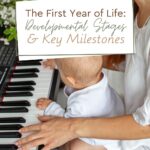 When you are looking at raising your baby the Montessori way, the first thing you need to focus on is the baby’s developmental stages during the first year of life.
When you are looking at raising your baby the Montessori way, the first thing you need to focus on is the baby’s developmental stages during the first year of life. - A Thorough Guide to Montessori Sight Words
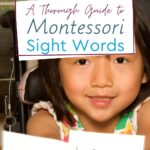 One of the core components of the Montessori literacy program is the introduction of sight words. But what exactly are Montessori sight words, and why are they important?
One of the core components of the Montessori literacy program is the introduction of sight words. But what exactly are Montessori sight words, and why are they important? - Benefits of Montessori Education
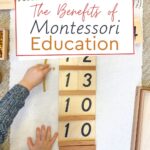 Let’s discuss the benefits of Montessori education in this post because there is much to cover in this topic alone.
Let’s discuss the benefits of Montessori education in this post because there is much to cover in this topic alone.








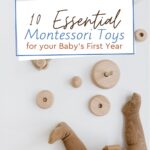
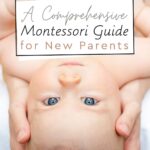








Leave a Reply